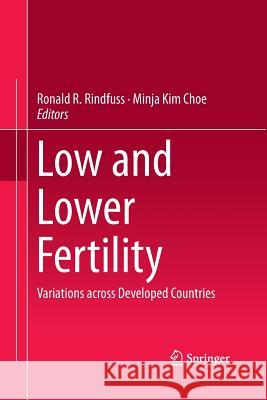Low and Lower Fertility: Variations Across Developed Countries » książka
topmenu
Low and Lower Fertility: Variations Across Developed Countries
ISBN-13: 9783319360577 / Angielski / Miękka / 2016 / 188 str.
Low and Lower Fertility: Variations Across Developed Countries
ISBN-13: 9783319360577 / Angielski / Miękka / 2016 / 188 str.
cena 192,74 zł
(netto: 183,56 VAT: 5%)
Najniższa cena z 30 dni: 191,40 zł
(netto: 183,56 VAT: 5%)
Najniższa cena z 30 dni: 191,40 zł
Termin realizacji zamówienia:
ok. 20 dni roboczych.
ok. 20 dni roboczych.
Darmowa dostawa!
Kategorie:
Kategorie BISAC:
Wydawca:
Springer
Język:
Angielski
ISBN-13:
9783319360577
Rok wydania:
2016
Wydanie:
Softcover Repri
Ilość stron:
188
Waga:
0.28 kg
Wymiary:
23.39 x 15.6 x 1.07
Oprawa:
Miękka
Wolumenów:
01
Dodatkowe informacje:
Wydanie ilustrowane











